SONY MDR-MV1, a reference monitor that opens up "a new frontier in music production"
SONY's monitor headphones have been widely supported in the field of music production in Japan.
The MDR-MV1, the latest addition to the lineup, is an ambitious new model that offers new value while maintaining the essence of monitor headphones that accurately reproduce sound.
By maximizing the performance of the new "360 Virtual Mixing Environment" technology, which reproduces the same acoustic environment as a production studio with headphones, the MDR-MV1 is said to be designed to contribute to a wide range of music production sites, from stereophonic sound source production to stereo sound source production. The "360 Virtual Mixing Environment" is a new technology that will allow SONY to reproduce the environment of a headphone.
This new generation studio monitor is a must-see for all artists and music fans, and is the culmination of SONY's technology and passion!

What are monitor headphones?
If general headphones are for listeners to enjoy finished music, "monitor headphones" are for creators to check (monitor) the sound in the creation of music and other contents. In addition to checking how the completed content reaches the listener, the headphones are used to check whether the sound source was accurately recorded and whether the effects added to the sound source were accurately reflected.
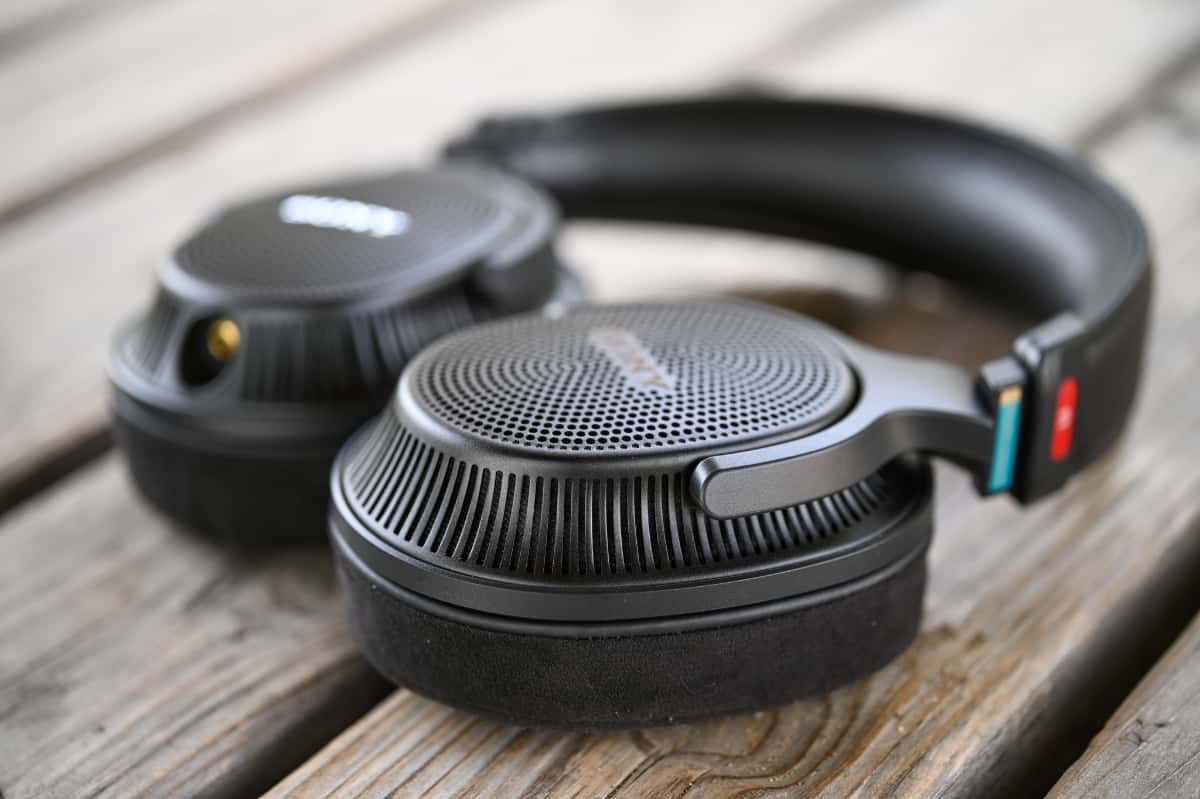
Why MDR-MV1 Now: Background
The MDR-MV1 was developed as a monitor headphone for creators to set a new standard amidst the demand for evolution of the production environment and recording equipment that accompanies the spread of stereophonic sound.
While object-based stereophonic audio formats such as 360 Reality Audio are spreading, the MDR-MV1 can reproduce the same sound field as speakers with headphones by using a combination of Sony's proprietary technology called 360VME.
This technology allows the sound creation that is done in a studio acoustic space to be done in headphones in the comfort of your own home.
With the global pandemic, music production environments are becoming more diverse, and production methods are expanding to include options that are not limited to traditional methods.
SONY was quick to integrate studio monitor headphones optimized for the latest in stereophonic sound with a system that can accurately emulate a studio environment, in an effort to create a new production environment that gives anyone access to a sound system equivalent to that of a sophisticated studio.
At the core of the system is the MDR-MV1, a revolutionary monitor headphone that will allow SONY to raise the bar in music production to a new level.

Eco-friendly packaging
The MDR-MV1's package is made of paper, and the packaging material seems to be made of environmentally friendly materials.
Most packaging for professional equipment is simple, so the MDR-MV1's packaging is not particularly lacking in quality, but some may find it too simple for the price compared to consumer model pa
SONY is making a company-wide effort to promote the use of environmentally friendly audio packaging with the aim of achieving a sustainable society.

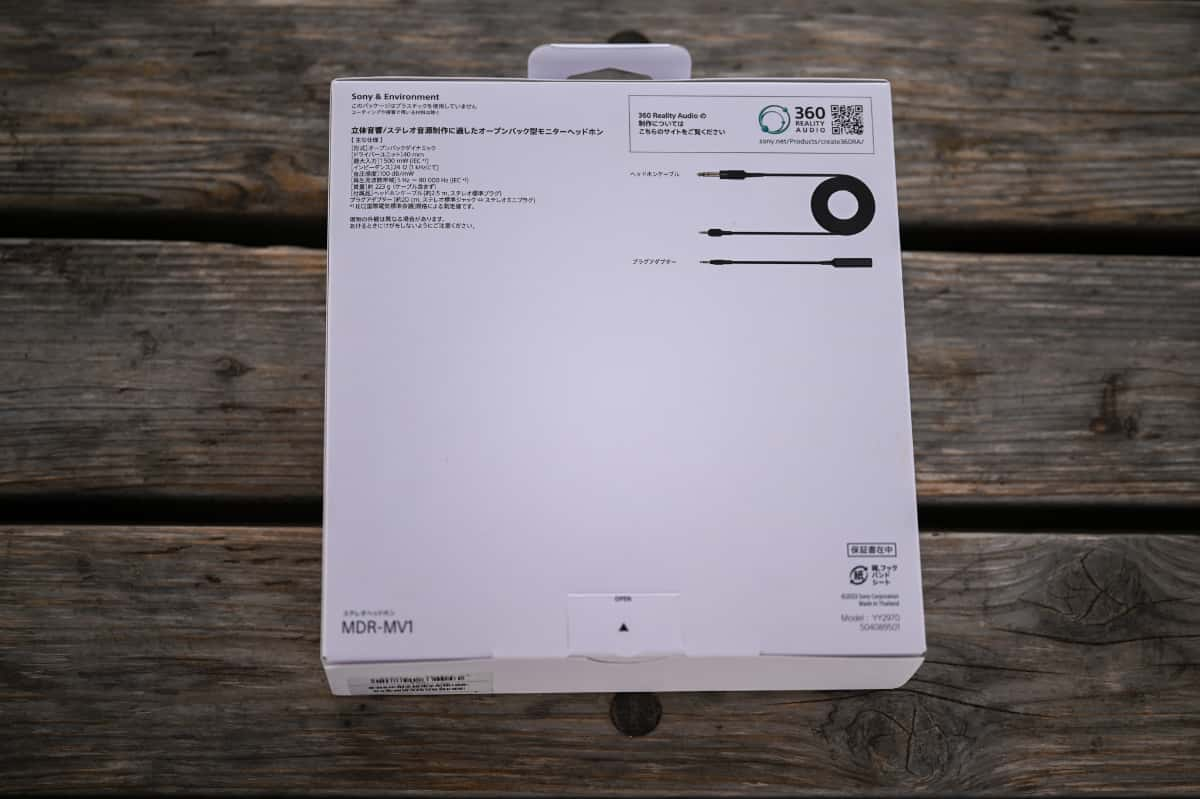
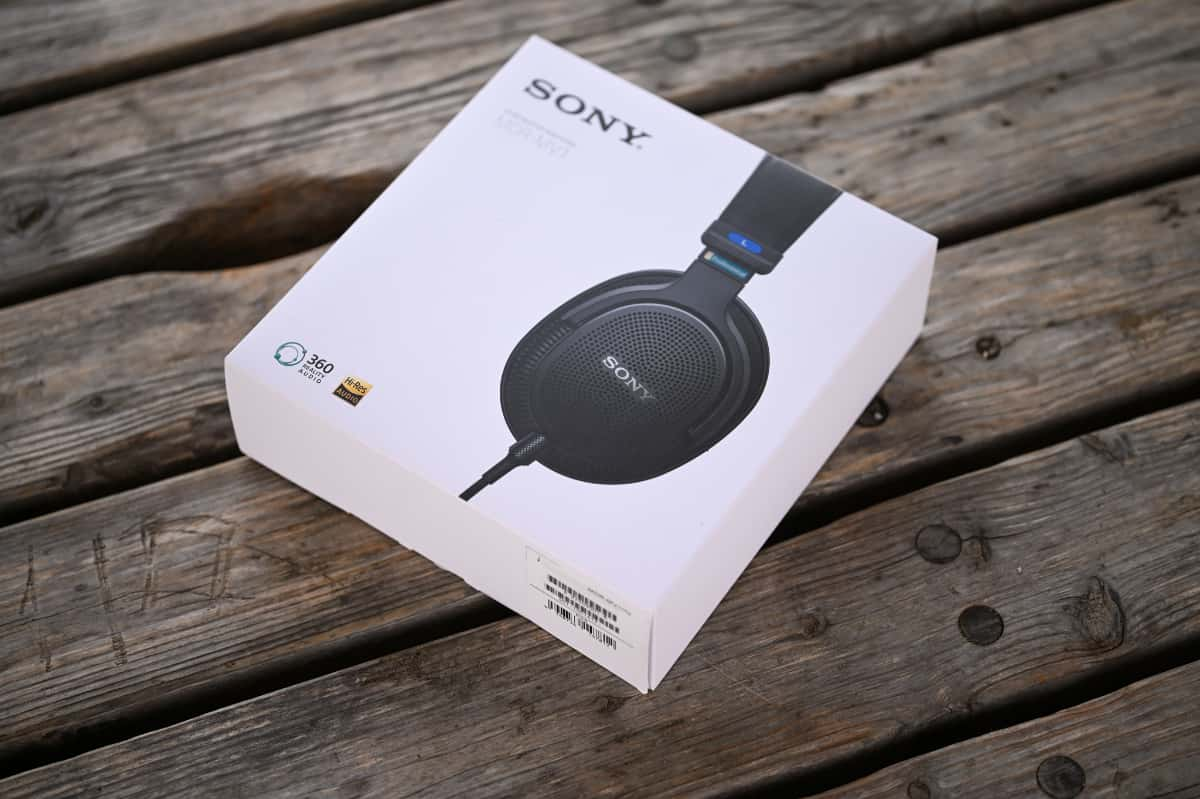
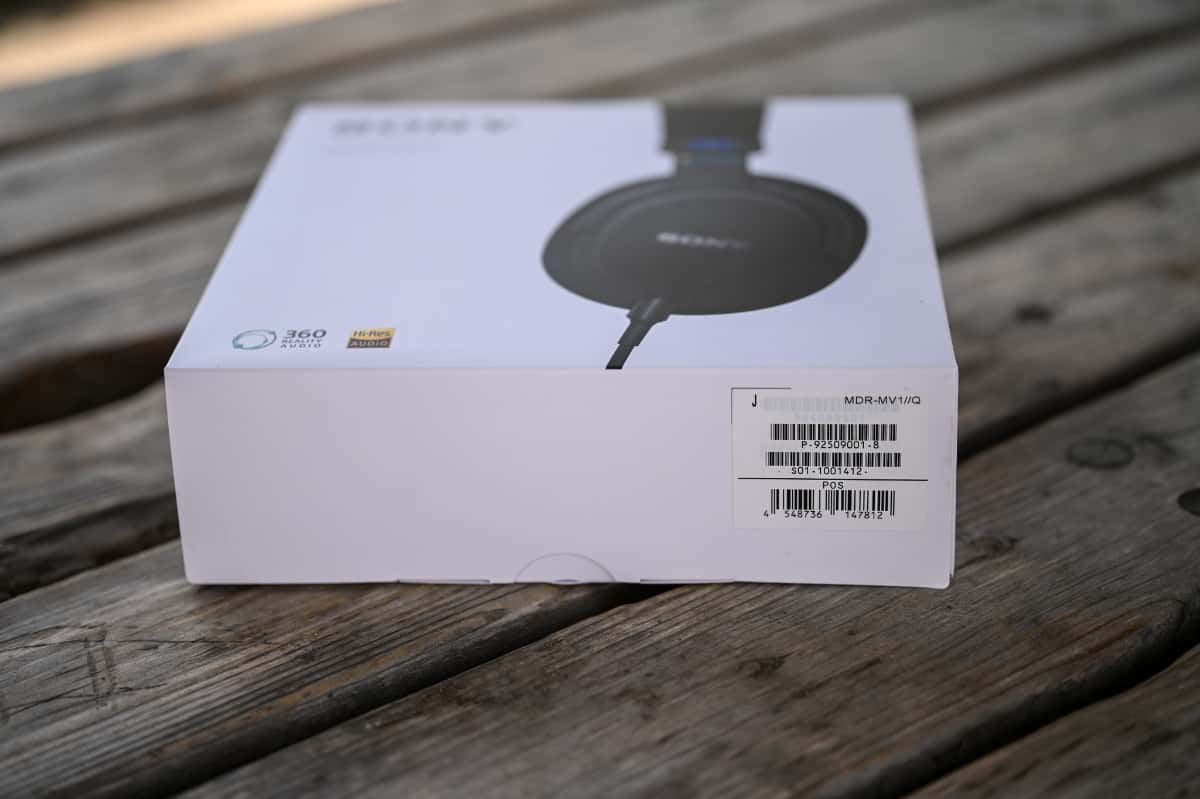
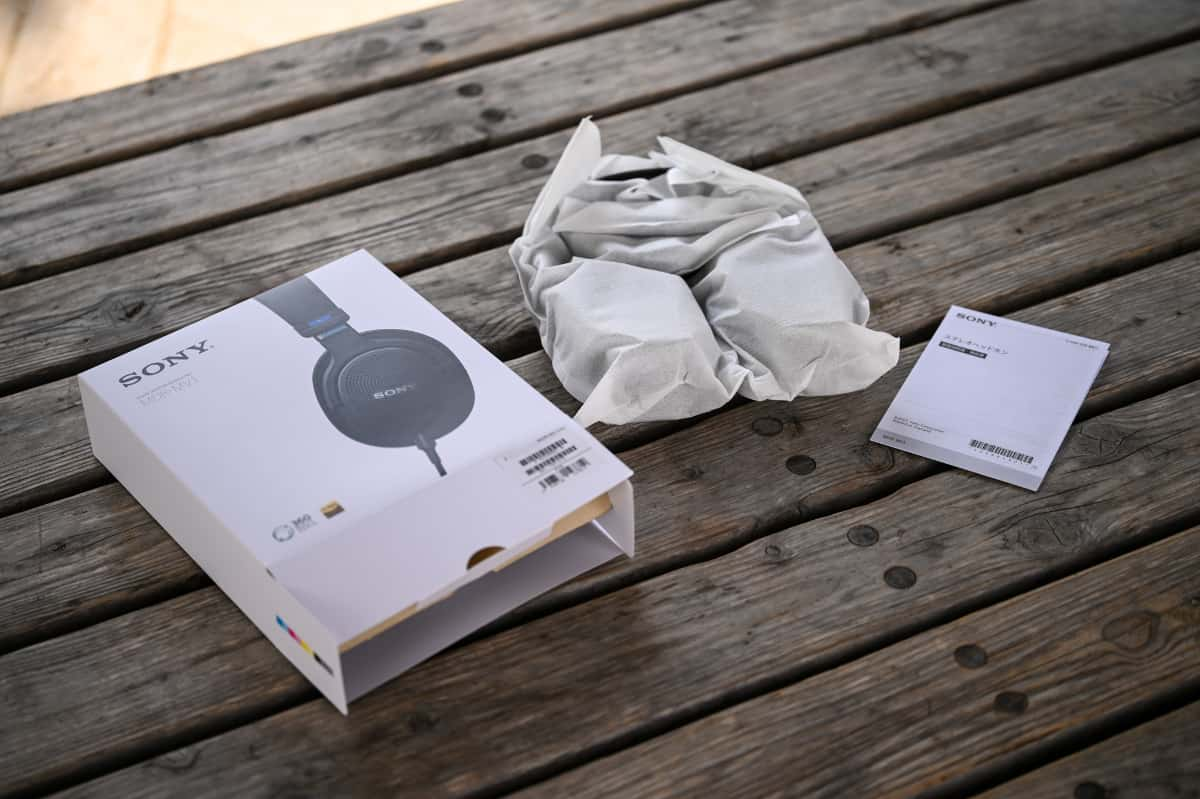
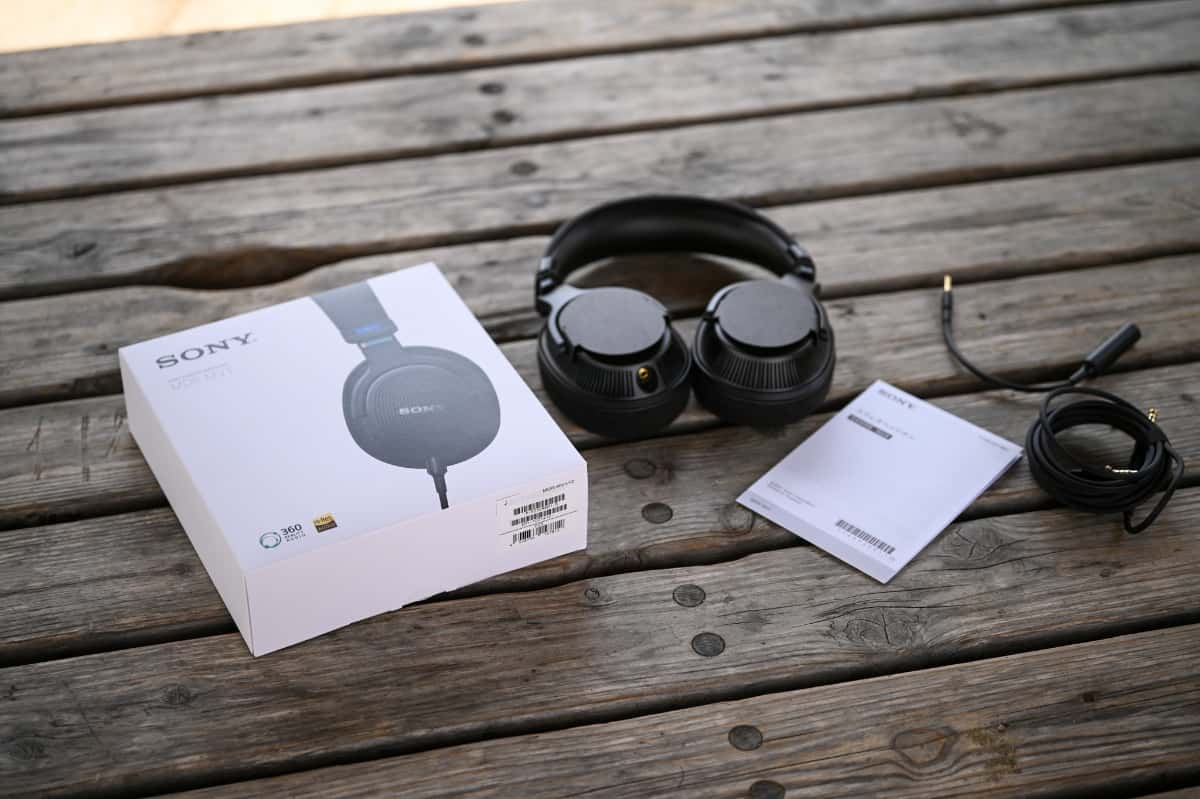
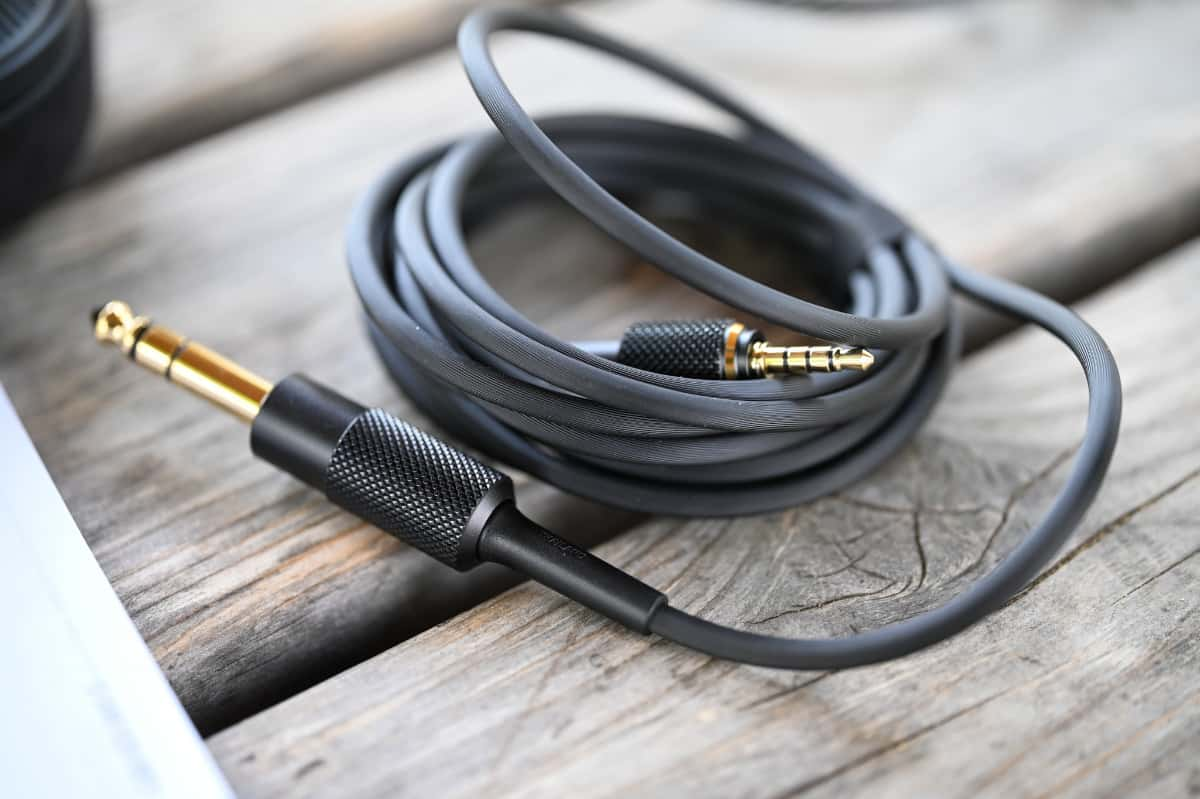
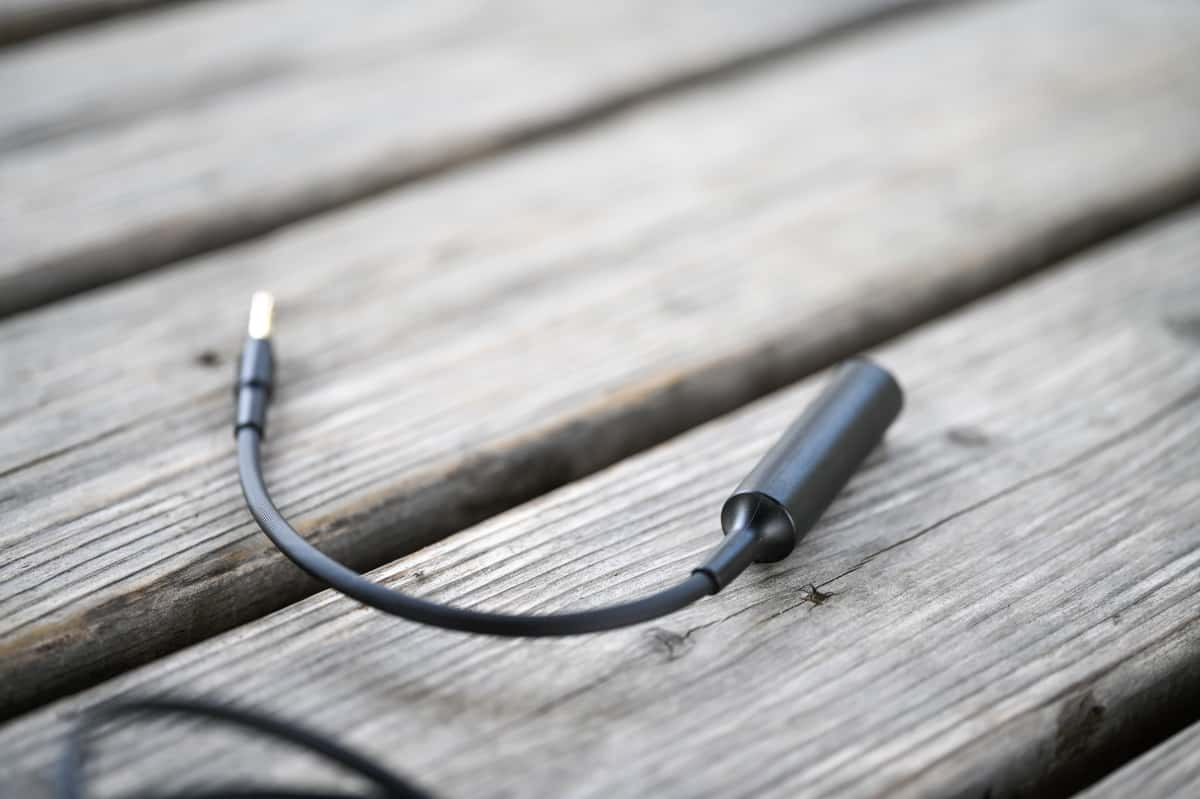


Sound
I have confirmed that the frequency response has been published on several prior sites. Since they are almost the same as my measurements, let's take a look at the frequency response published in those prior sites.
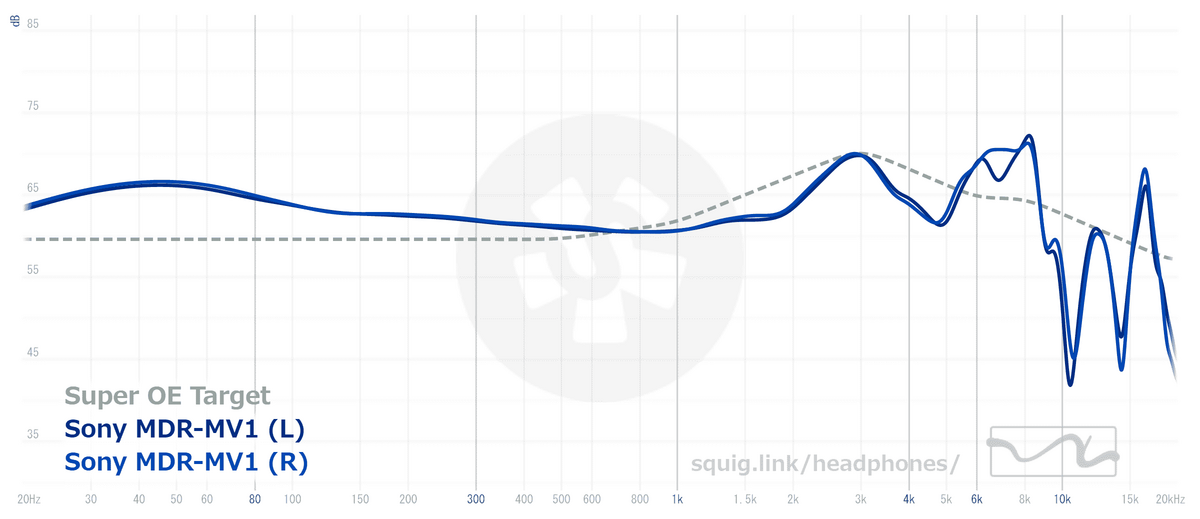
SONY claims that the MDR-MV1 has excellent spatial representation capability.
At least as far as frequency response is concerned, SONY's claim is correct, indicating that the high frequency range has been tuned for very accurate localization and detail reproduction at the proper volume.
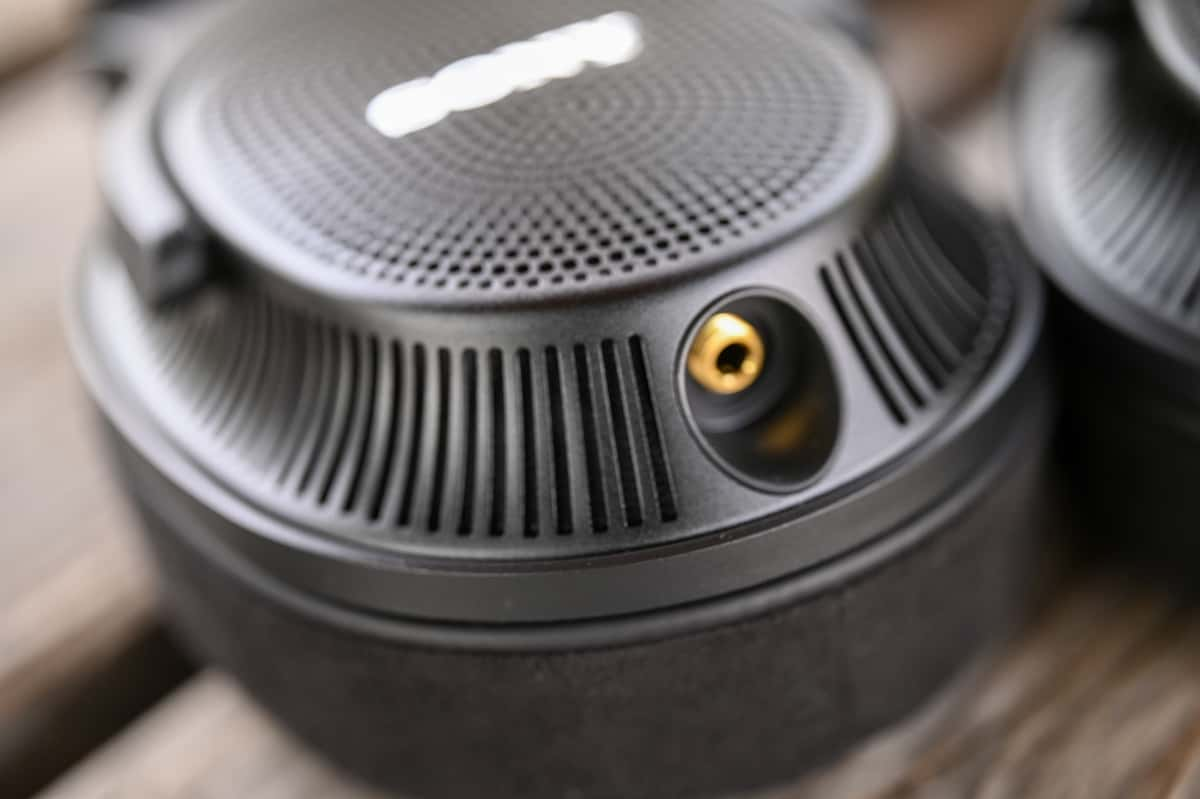
On the other hand, the midrange emphasizes staging, with vocals in the foreground and instrumental sounds surrounding them, creating a sense of depth that is interesting but at the expense of some accurate three-dimensionality and textural expression.
This kind of adjustment tends to give stereo recordings a little more surround sound and a more immersive experience, and it may be that the MDR-MV1, which claims to be designed for stereophonic sound, has decided that this kind of seasoning is good for the sound of stereo recordings for playback.
Traditional studio monitors often aim to achieve a particularly accurate texture expression in the mid-range, and it is common practice to weight instruments and vocals equally.
On the other hand, SONY also emphasized vocals in the MDR-M1ST, so these adjustments may be based on SONY's sound philosophy.
Some audiophiles I know have argued that it is more natural to bring the vocals forward on stereo recordings, and in fact, some people probably find it easier to work with vocals up front. This kind of thinking in itself is not uncommon.

In my personal opinion, unnatural differences in what the original stereo recordings are equally weighted will adversely affect the accurate perception of the three-dimensionality of the original music. It is true that I myself find the sound of the MDR-MV1 to be cramped. Since we do not know what kind of playback environment a song will be played back in, it is better for a monitor headphone to be neutral in an effort to be useful as a tool. However, this is a matter of perspective.
SONY also claims to have achieved excellent low-frequency response comparable to that of closed headphones, even though they are open-type headphones, and this is almost entirely true in terms of frequency response. At the very least, the low-frequency response is superior to that of the MDR-M1ST.
SONY MDR-MV1 Sound Summary
- Excellent localization
- Surround-sounding midrange
- Excellent low-frequency response on par with closed-back models
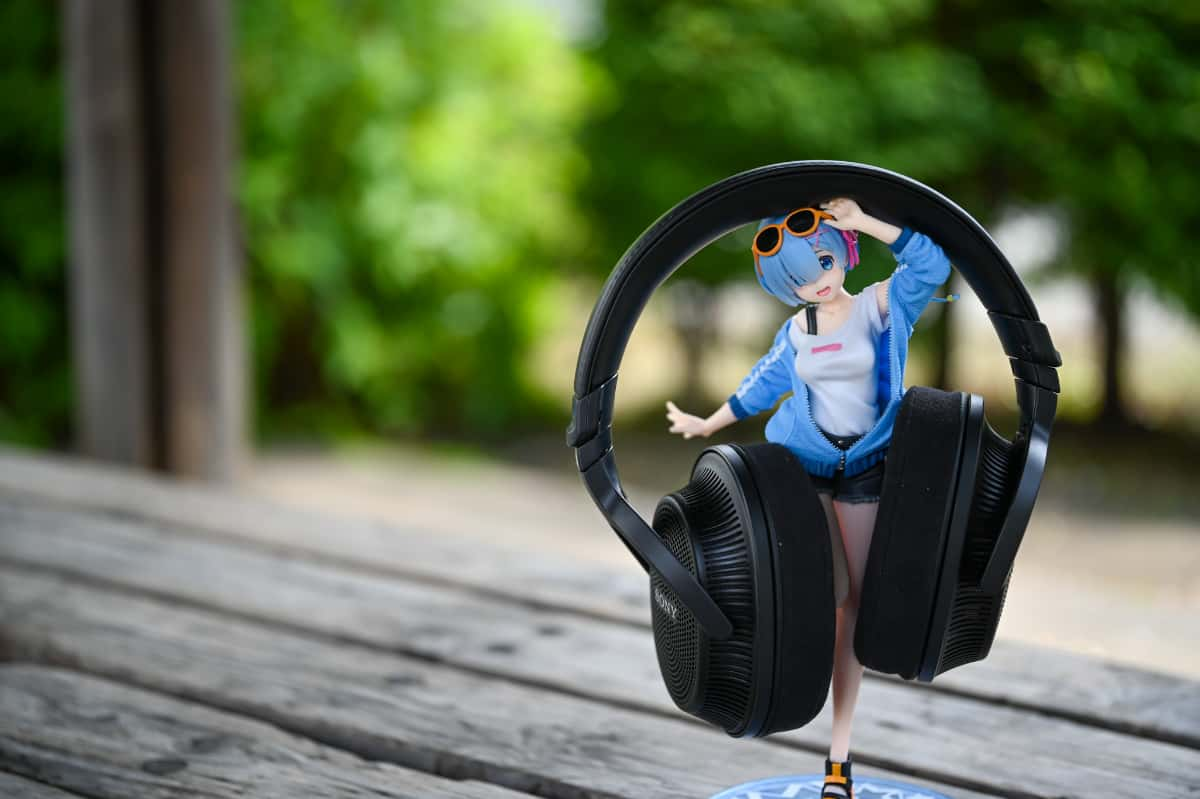
Review
Conclusion
The MDR-MV1 is an ambitious new model that proposes new values while maintaining the essence of monitor headphones that accurately reproduce sound. By maximizing the performance of the new "360 Virtual Mixing Environment" technology, which reproduces the same acoustic environment as a production studio with headphones, the MDR-MV1 aims to contribute to a wide range of music production sites, from stereophonic sound source production to stereo sound source production. The packaging also embodies SONY's philosophy of sustainable audio by using environmentally friendly materials.
If you want to know where SONY's standards are today, I recommend that you pick up and listen to these headphones when you see them in stores; they are the culmination of SONY's past and future monitor headphones.
At least to me, it is clear that the developers set a clear goal and worked hard to create the sound to achieve it. There is no doubt that this sound is filled with the passion of the people who developed these headphones.
I feel that this is probably one of the most talked about headphones of the year.









